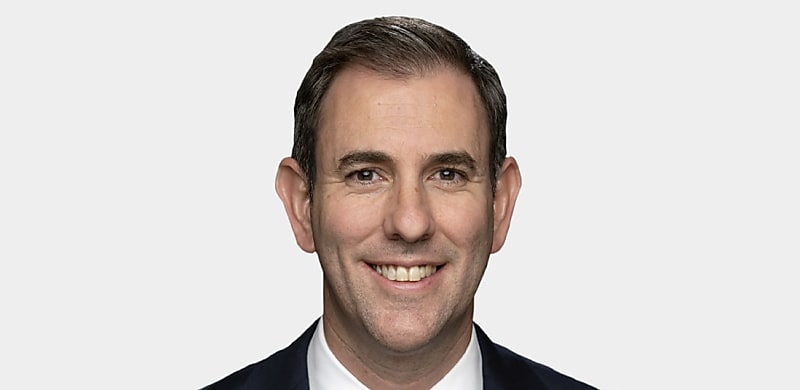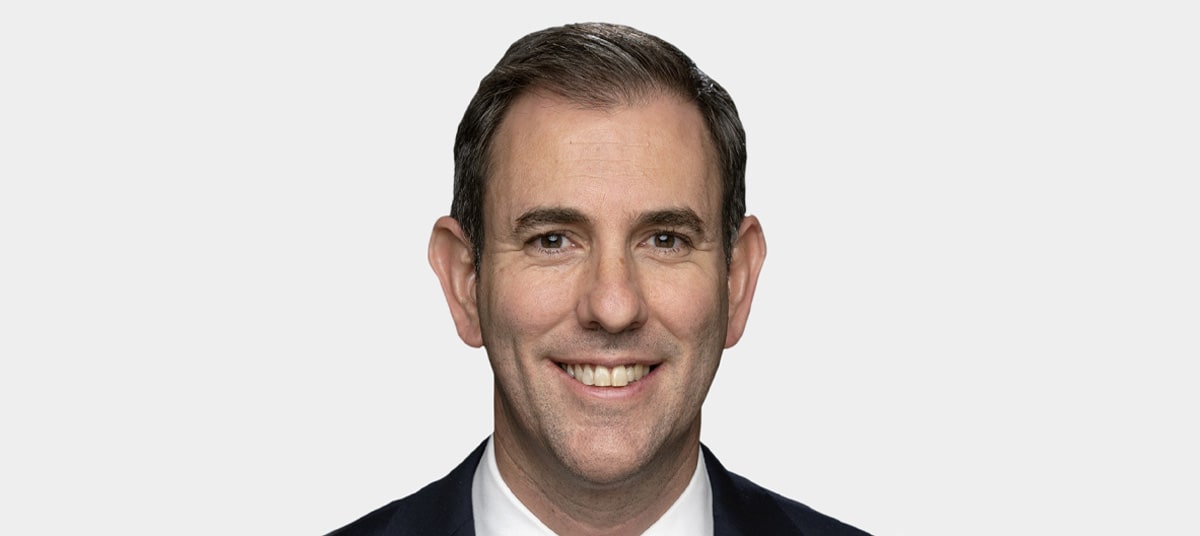
Trimmed mean inflation has fallen within the RBA’s target band of 2–3 per cent for the first time in more than three years, raising hopes for an interest rate drop in May.
New Consumer Price Index data was released by the Australian Bureau of Statistics (ABS) on Wednesday (30 April), showing that the trimmed mean annual inflation eased over the March 2025 quarter, falling within the Reserve Bank of Australia’s (RBA) 2–3 per cent target range and raising hopes of a further interest rate cut in May.
The ABS data showed that the annual trimmed mean, a measure of underlying inflation (which reduces the impact of irregular or temporary price changes), was 2.9 per cent in the 12 months to the March 2025 quarter, down from 3.3 per cent in the December 2024 quarter.
The annual trimmed mean of inflation is one of the figures the RBA is most interested in when setting the official cash rate.
Annual Consumer Price Index (CPI) inflation was 2.4 per cent in the March quarter, unchanged from the December quarter.
Services were a major driver of easing underlying inflation, with annual services inflation slowing to 3.7 per cent in the March quarter, down from 4.3 per cent in the December quarter, driven by lower price increases for rents and insurance.
However, annual goods inflation rose to 1.3 per cent in the March quarter, up from 0.8 per cent in the December quarter, largely due to electricity prices increasing.
Electricity prices rose 16.3 per cent in the March quarter. This follows falls of 17.3 per cent in the September quarter and 9.9 per cent in the December quarter due to the introduction of the second round of the Commonwealth Energy Bill Relief Fund (EBRF) rebates from July 2024, which was expanded to include all households.
The rise was expected and was partly because of the impact of the Commonwealth EBRF rebates being lower due to the timing of rebate payments.
New dwelling prices rose 1.4 per cent over the year to the March quarter, down from 2.9 per cent in the December quarter. The increase marks the weakest annual rise since the June 2021 quarter.
The lower annual price growth in new dwellings reflected project home builders increasing incentives and promotional offers to entice new business in a subdued new home market.
Leigh Merrington, ABS acting head of prices statistics, noted that trimmed mean inflation was easing.
“Trimmed mean annual inflation was 2.9 per cent in the March quarter, down from 3.3 per cent in the December quarter. This is the lowest annual trimmed mean inflation rate since the December 2021 quarter,” he said.
Commenting on price rises for services, he added: “This is the lowest annual outcome for services inflation since the June 2022 quarter, reflecting easing inflation across a broad range of services, including rents and insurance.”
Speaking on Wednesday, Treasurer Jim Chalmers struck an upbeat tone about the CPI data.
“New figures show underlying inflation is now at its lowest level in three years. This is a powerful demonstration of the progress Australians have made together on the economy,” he said.
Chalmers added that it was “a powerful demonstration of the progress Australians have made together on the economy“ and “proof of the responsible economic management“ of the Albanese government.
May rate cut on the cards?
Given the falling growth rate of inflation, lenders and economists widely expect the central bank to lower interest rates when it next meets in May.
Commenting after the release of new CPI data, ANZ senior economist Adelaide Timbrell said: “We view an RBA rate cut of 25bp in May as a near certainty, given the downside risks to global and domestic growth stemming from global trade policy uncertainty and the inflation outcomes over the past two quarters.“
Similarly, CBA head of Australian economics Gareth Aird said that a May rate cut was still the most likely outcome.
“Underlying inflation supports a 25bp rate cut in May, but it’s not a done deal,“ he said.
“We retain our base case that the pace of easing is likely to be gradual and we continue to expect one 25bp rate decrease each quarter in 2025 for an end year cash rate of 3.35 per cent (broadly in line with the RBA’s assessment of the neutral cash rate)."
Aird added that despite elevated uncertainty in the global economy, he expected the RBA board to be primarily influenced by domestic data in making monetary policy decisions.
AMP deputy chief economist Diana Mousina agreed with CBA's forecast, saying: "Our view is that the lower inflation backdrop, still poor GDP growth, sluggish consumers, downside risks to global trade and growth from Trump tariffs and a potential deflationary impulse on Australia means the RBA should cut the cash rate again by 0.25 per cent to 3.85 per cent at its May meeting."
However Mousina cautioned that there were still “problem areas“ with inflation, especially in services inflation including preschool and primary education, insurance, secondary education, vet services and rents.
Westpac senior economist Jason Smirk reiterated the lender's expectation of a 25 bps rate drop.
“With the momentum in core inflation definitively at the bottom of the target band inflationary pressures have moderated, and the door is open for a rate cut in May,“ he said.
As at 29 April, the market had placed a 62 per cent expectation on an interest rate decrease to 3.60 per cent at the next RBA board meeting (20 May).
[Related: Lenders cement May rate cut call after RBA releases minutes]

